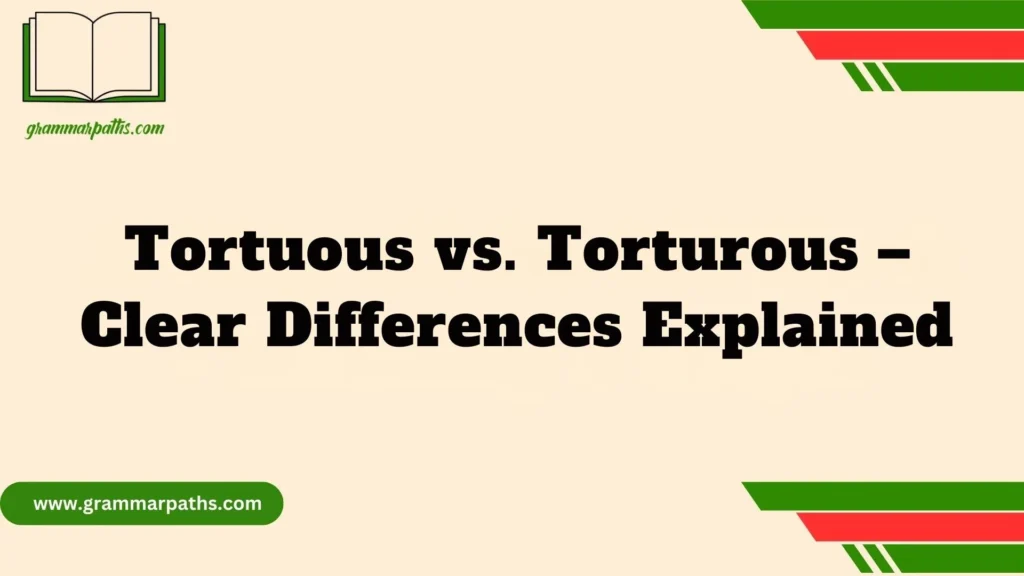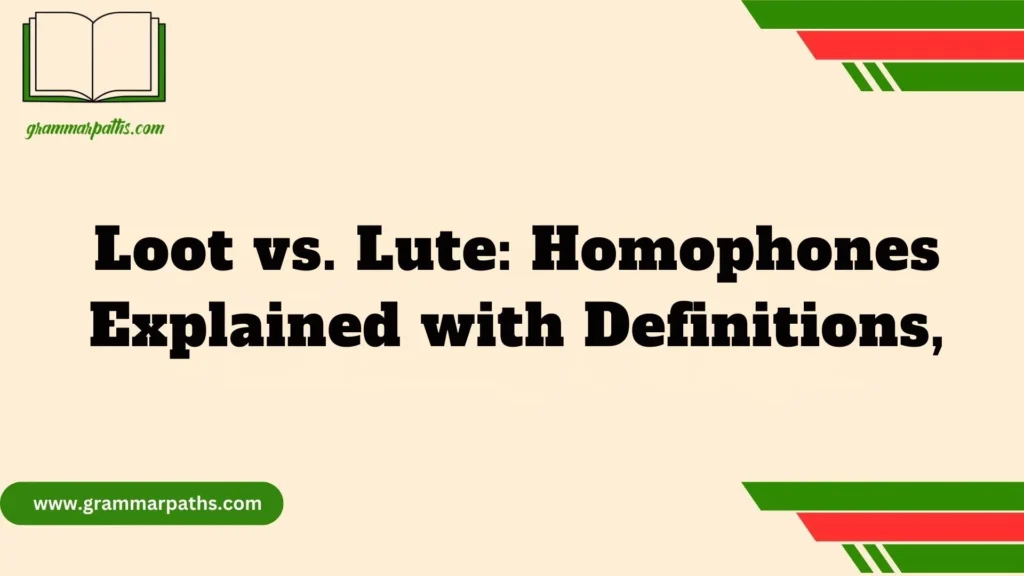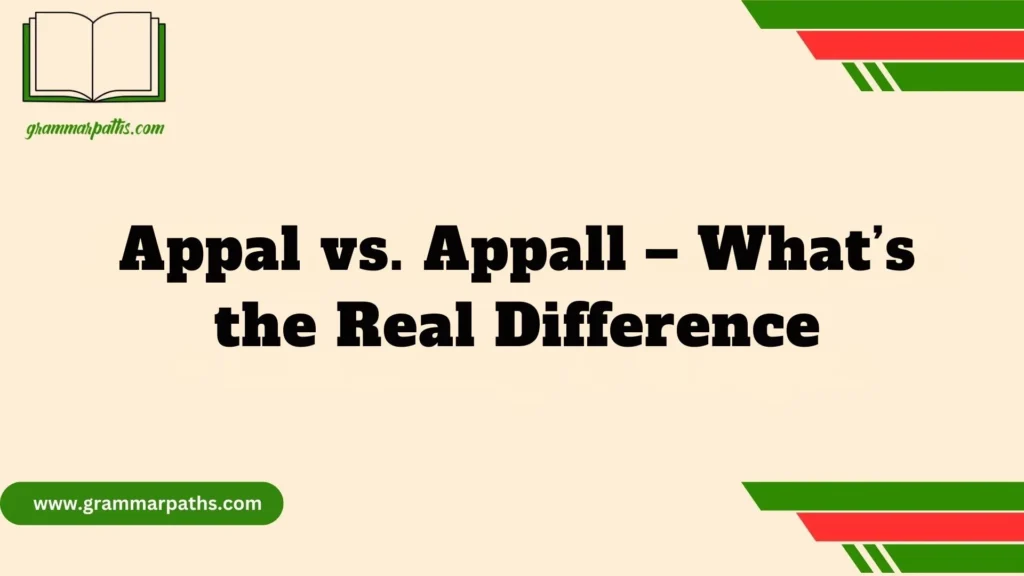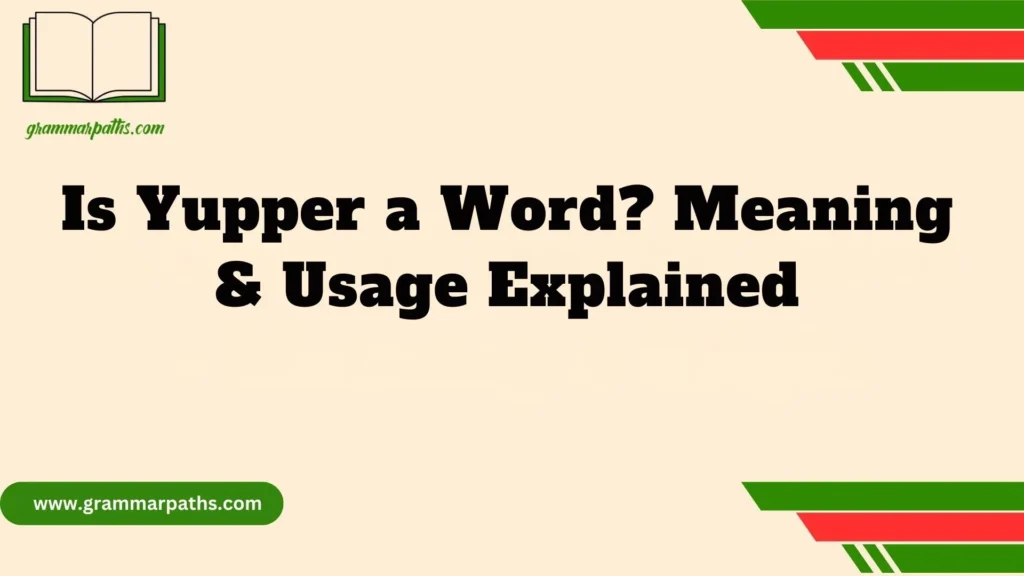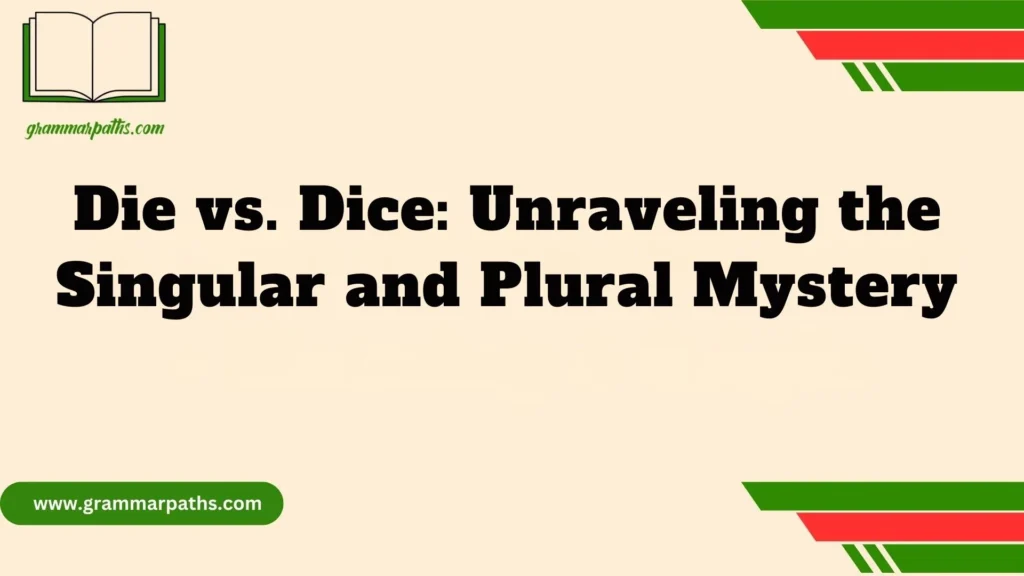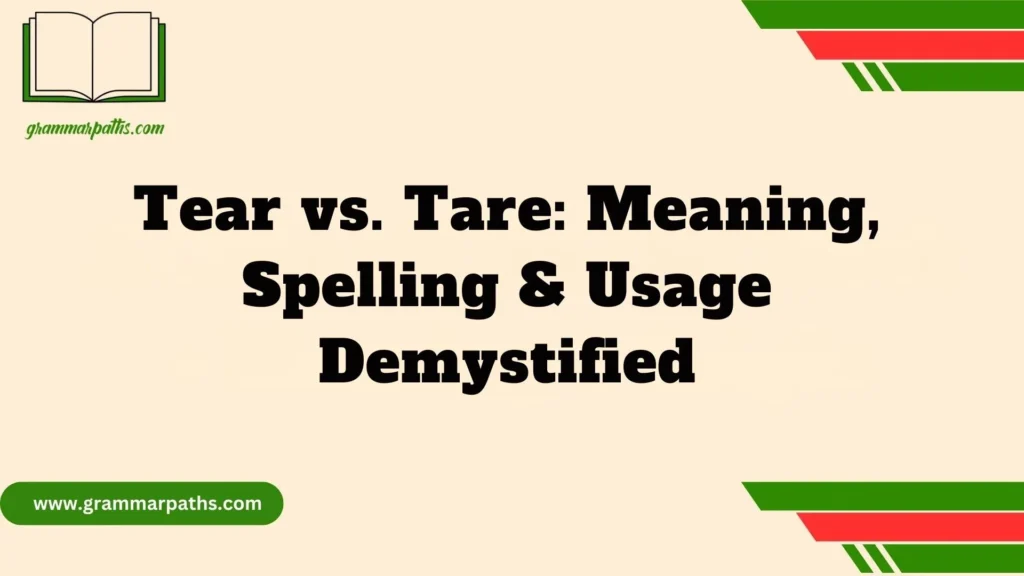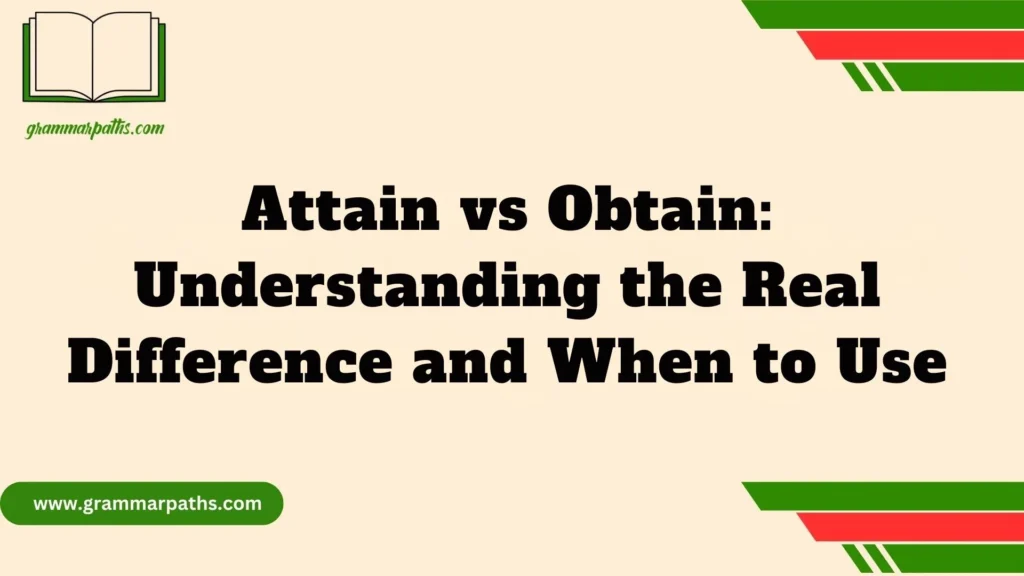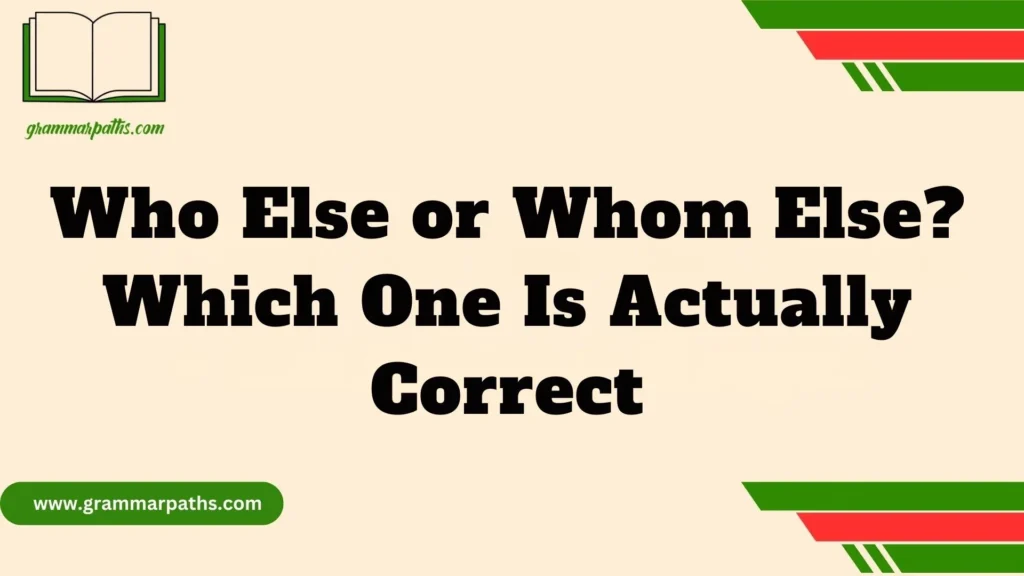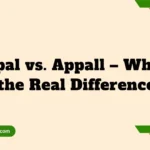In everyday English, phrases like “I am very much looking forward” pop up all the time. From my experience, it sounds natural, and many people use it without thinking twice. But every now and then, its grammatical correctness comes into question. That’s why this article takes a closer look at this phrase—its structure, usage, and whether it truly holds up in both casual and formal communication.
We all know that clear and precise language makes a difference. And understanding when to use a phrase like this, or knowing if there’s a better alternative, can really sharpen your communication skills and help you get your message across more effectively.
When you dig a little deeper, you’ll notice that while this phrase works well in casual conversations, it might confuse some listeners or readers, especially if they’re expecting something more formal or polished. That’s why knowing how to match your language to your audience is key.
The way this phrase is structured can influence how people perceive your fluency in English. Whether you’re writing an email, speaking in a meeting, or having a casual chat, being aware of these small details helps ensure you’re using the most effective and appropriate expressions for the moment.
Understanding the Phrase “I Am Very Much Looking Forward”
At first glance, this phrase seems refined and well-structured. But something feels off if you stop at “I am very much looking forward.”
Why? Because the phrase is incomplete without an object. It’s like saying, “I’m going to” without finishing the thought.
Let’s break it down:
- “I am” – the subject and the auxiliary verb
- “very much” – an adverb intensifying the verb
- “looking forward” – a phrasal verb that requires something to follow
Without an object or complement, the sentence is hanging mid-air.
Correct: “I am very much looking forward to our meeting.”
Incorrect: “I am very much looking forward.”
Grammar Breakdown: What’s Really Going On?
Let’s take a closer look at the underlying structure and grammar behind the phrase.
The Role of “Look Forward To” as a Phrasal-Prepositional Verb
“Look forward to” is what grammarians call a phrasal-prepositional verb. That’s a fancy way of saying that it’s made up of a main verb, an adverb, and a preposition.
| Component | Type | Example |
| look | verb | “I look…” |
| forward | adverb | “look forward…” |
| to | preposition | “look forward to…” |
Unlike standalone verbs, phrasal-prepositional verbs need an object, and that object must follow the preposition.
For example:
- Correct: “I look forward to our conversation.”
- Incorrect: “I look forward.”
The Importance of the Object (Gerund or Noun)
The phrase “look forward to” must be followed by:
- A noun (e.g., our meeting, the event)
- Or a gerund (a verb ending in -ing used as a noun)
- I look forward to meet you.
- I look forward to meeting you.
Using the infinitive form (to meet) after “look forward to” is grammatically incorrect.
Understanding the Modifier “Very Much”
So where does “very much” come in?
It’s an intensifier—a way to make your enthusiasm sound stronger.
Compare:
- “I’m looking forward to the weekend.”
- “I’m very much looking forward to the weekend.”
The latter carries more eagerness and formality.
However, be careful with placement. It usually comes before the main verb or just after “am”:
- I am very much looking forward to it.
- I’m looking forward very much to seeing you.
Sentence Structure & Word Order: What’s Acceptable and What’s Not?
English allows for some variation in sentence construction, especially in tone. But clarity and completeness are non-negotiable.
Here are valid structures:
- “I’m very much looking forward to meeting you.”
- “I’m looking forward very much to our call.”
- “I very much look forward to seeing you again.”
Incorrect word orders usually involve breaking up the phrase or omitting required parts:
- “I’m looking to forward meeting you.”
- “I look forward much very to see you.”
In short:
Keep “look forward to” together, follow it with a noun or gerund, and place “very much” either before the verb or right after the auxiliary verb.
Common Mistakes People Make (and How to Avoid Them)
Mistakes with this phrase are surprisingly common—even in professional settings. Here’s how to avoid them.
Leaving Out the Object
- “I’m looking forward.”
- “I am very much looking forward.”
Without saying what you’re looking forward to, the sentence is incomplete.
- “I’m looking forward to our meeting.”
- “I am very much looking forward to seeing you tomorrow.”
Using the Infinitive Instead of the Gerund
- “I look forward to meet you.”
- “I look forward to meeting you.”
This is one of the most frequent grammatical mistakes. Remember: “to” in this case is a preposition—not the start of an infinitive verb.
Incorrect Placement of “Very Much”
- “I look to you forward very much.”
- “I forward very much look to meeting you.”
These aren’t just incorrect—they’re confusing. Stick to natural placements:
- “I very much look forward to…”
- “I’m looking forward very much to…”
Context Matters: Formal vs. Informal Usage
Tone and context matter when choosing how to phrase anticipation.
Formal Situations
Use when writing:
- Business emails
- Thank-you letters
- Invitations
- Professional correspondence
Examples:
“I very much look forward to discussing this in our upcoming meeting.”
“I am very much looking forward to collaborating with your team.”
Informal Situations
Use simpler alternatives like:
- “I can’t wait to…”
- “I’m excited to…”
- “I’m pumped for…”
Examples:
“Can’t wait to see you at the concert!”
“Really looking forward to our road trip!”
Alternatives to “I Am Very Much Looking Forward”
Sometimes, you want a different tone—less formal, more enthusiastic, or more creative. Here are some great alternatives depending on tone and context:
| Phrase | Tone | Example |
| I’m eager to… | Neutral/Formal | “I’m eager to start the new project.” |
| I can’t wait to… | Informal/Excited | “I can’t wait to see you!” |
| I’m excited about… | Casual/Professional | “I’m excited about the opportunity.” |
| I anticipate… | Very Formal | “I anticipate your response.” |
| I’m thrilled to… | Warm/Professional | “I’m thrilled to join your team.” |
Real-Life Examples (With Explanations)
Here are examples with contextual insights to help you apply the phrase confidently.
Business Email Example
“Thank you for your time earlier. I am very much looking forward to continuing our discussion during next week’s call.”
Why it works: It’s formal, complete, and shows appreciation.
Job Interview Follow-Up
“I truly enjoyed our conversation and I’m very much looking forward to the next steps.”
Why it works: Polite, eager, and professional.
Casual Text
“Can’t wait to hang out this weekend!”
Why it works: No need for formality in a friendly context.
Quick Reference Table: Correct Usage at a Glance
| Incorrect | Why It’s Wrong | Correct | Why It’s Right |
| I look forward to meet you | Infinitive used instead of gerund | I look forward to meeting you | “To” is a preposition; requires gerund |
| I am very much looking forward | Incomplete—missing object | I am very much looking forward to our talk | Needs noun or gerund after “to” |
| I look forward to much very our talk | Word order is jumbled | I very much look forward to our talk | Adverb placed correctly before main verb |
| I’m looking forward to see her | Wrong verb form | I’m looking forward to seeing her | Gerund follows “to” in prepositional verb |
Final Thoughts
The phrase “I am very much looking forward” is widely used and generally accepted in both spoken and written English. While it may sound a little formal or awkward without proper context, it is grammatically correct when completed (e.g., “I am very much looking forward to it”).
However, being aware of your tone, audience, and setting will help you decide whether this phrase fits best—or whether a simpler or more natural version would work better. By paying attention to these subtle differences, you’ll improve not only your grammar but also your ability to connect more clearly with others.
FAQs About “I Am Very Much Looking Forward”
1. Is “I am very much looking forward” grammatically correct?
Yes, it’s grammatically correct when used in a complete sentence. For example:
“I am very much looking forward to your reply.”
Just be sure it’s followed by “to” + a noun or gerund.
2. Can I say “I am looking forward very much”?
Technically, yes—but it sounds unnatural and awkward. In modern English, it’s more typical to say:
“I am very much looking forward to…”
This structure flows better and feels more natural.
3. What are some simpler alternatives?
Here are a few more casual or modern ways to say the same thing:
- “I’m really looking forward to it.”
- “I can’t wait.”
- “I’m excited about it.”
- “Looking forward to seeing you!”
4. Is this phrase too formal for casual conversation?
It can feel a bit formal or stiff in casual settings. Instead, you might say:
“Can’t wait to see you!” or “I’m excited for it!”
These options sound more relaxed and friendly.
5. Can I use this phrase in a professional email?
Yes, it’s perfectly suitable for professional or formal writing. Examples include:
- “I am very much looking forward to working with your team.”
- “We’re very much looking forward to your presentation.”
Helpful Resources and References
- Cambridge Dictionary – Look Forward To
- Merriam-Webster – Phrasal Verbs
- Oxford Learner’s Dictionary – Usage Guide

